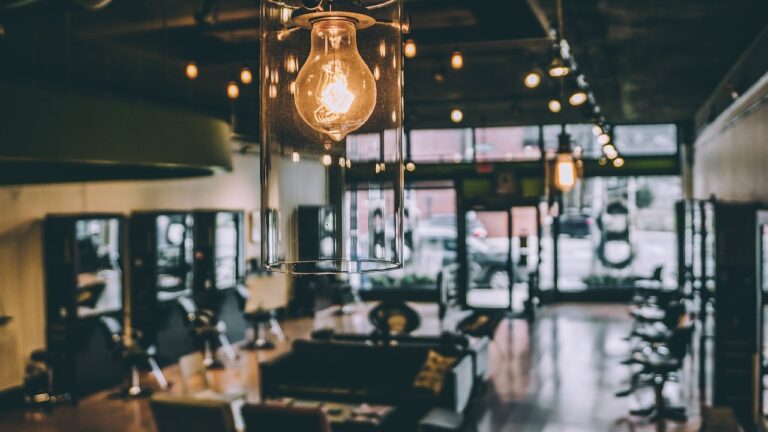Fashion and Sustainability: Biodegradable Fabrics and Eco-Friendly Dyes
Biodegradable fabrics have gained popularity in the fashion industry as a more sustainable alternative to traditional synthetic materials. The use of biodegradable fabrics minimizes the negative impact on the environment by reducing the amount of waste generated from clothing production and disposal. These fabrics are made from natural materials that can decompose over time, decreasing the amount of non-biodegradable waste in landfills.
By choosing biodegradable fabrics over non-biodegradable options, consumers contribute to the preservation of ecosystems and wildlife habitats. The production process of biodegradable fabrics generally has a lower carbon footprint compared to synthetic materials, reducing greenhouse gas emissions that contribute to climate change. Incorporating these eco-friendly fabrics into clothing design also promotes a more circular economy, where resources are used efficiently and waste is minimized.
Eco-Friendly Dyes: How They Differ from Traditional Dyes
When it comes to eco-friendly dyes versus traditional dyes, one of the most notable differences lies in their composition. Traditional dyes often contain harmful chemicals and heavy metals that can have a negative impact on the environment and human health. In contrast, eco-friendly dyes are typically made from natural and sustainable sources such as plants, fruits, and vegetables, making them biodegradable and safer for both people and the planet.
Another key distinction between eco-friendly dyes and traditional dyes is their production process. Traditional dyes often require large amounts of water, energy, and chemicals to create vibrant colors on fabrics. On the other hand, eco-friendly dyes are manufactured using environmentally-friendly processes that consume less water and energy, resulting in reduced carbon emissions and water pollution. By opting for eco-friendly dyes, textile manufacturers can help minimize their ecological footprint and contribute to a healthier and more sustainable fashion industry.
What are eco-friendly dyes?
Eco-friendly dyes are dyes that are made from natural, renewable sources and have minimal impact on the environment during the dyeing process.
How do eco-friendly dyes differ from traditional dyes?
Eco-friendly dyes are made from natural sources such as plants, fruits, and vegetables, while traditional dyes are often made from synthetic chemicals that can be harmful to the environment.
Are eco-friendly dyes more expensive than traditional dyes?
Eco-friendly dyes can sometimes be more expensive than traditional dyes due to the higher cost of sourcing natural materials and the more complex dyeing process.
Do eco-friendly dyes produce the same vibrant colors as traditional dyes?
Eco-friendly dyes can produce a wide range of vibrant colors just like traditional dyes. Advances in technology have made it possible to achieve a variety of shades using eco-friendly methods.
Are there any downsides to using eco-friendly dyes?
One potential downside to using eco-friendly dyes is that they may not be as colorfast as traditional dyes, meaning the colors may fade more quickly over time. However, this is a trade-off for using more sustainable materials and processes.





